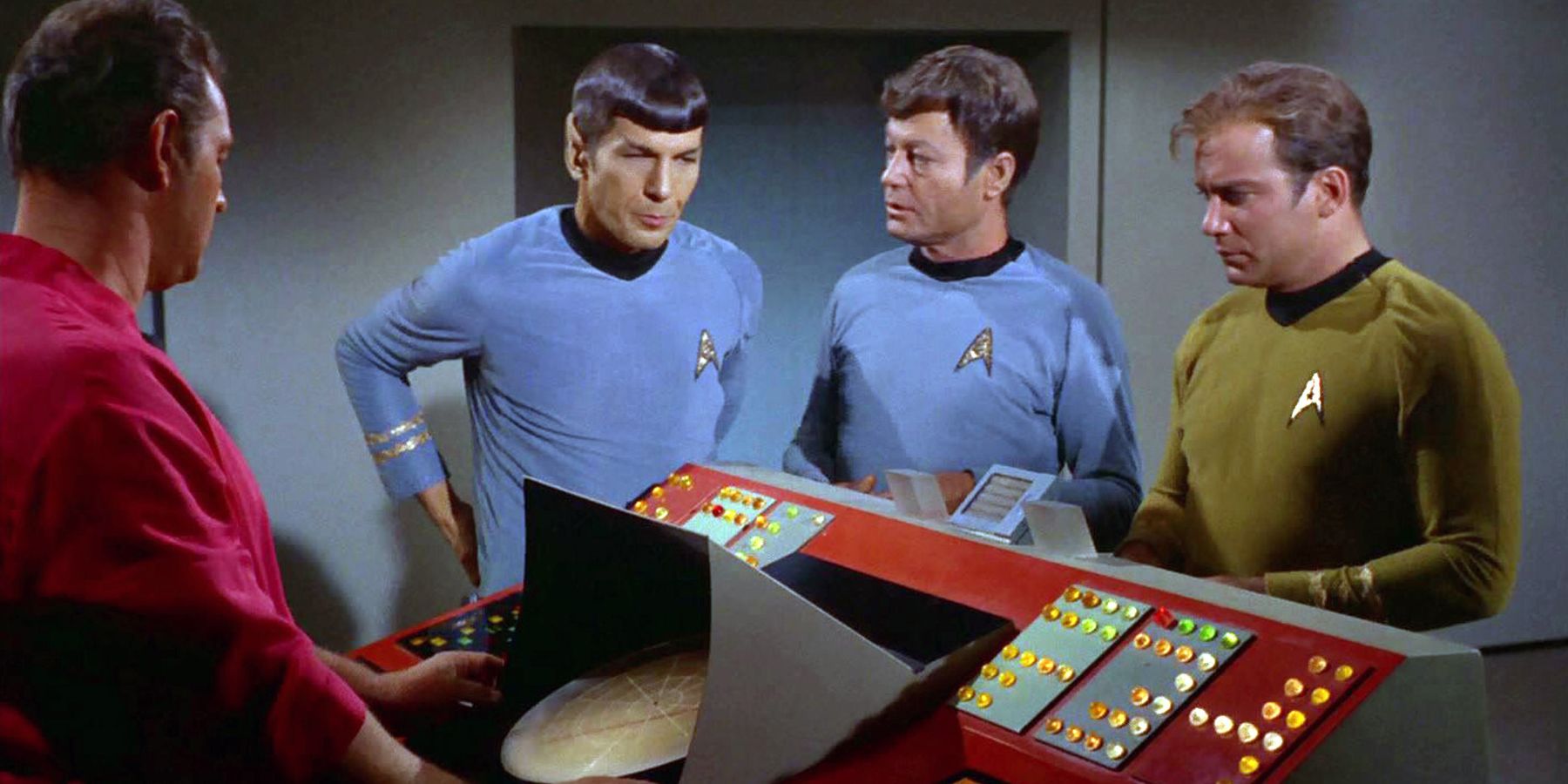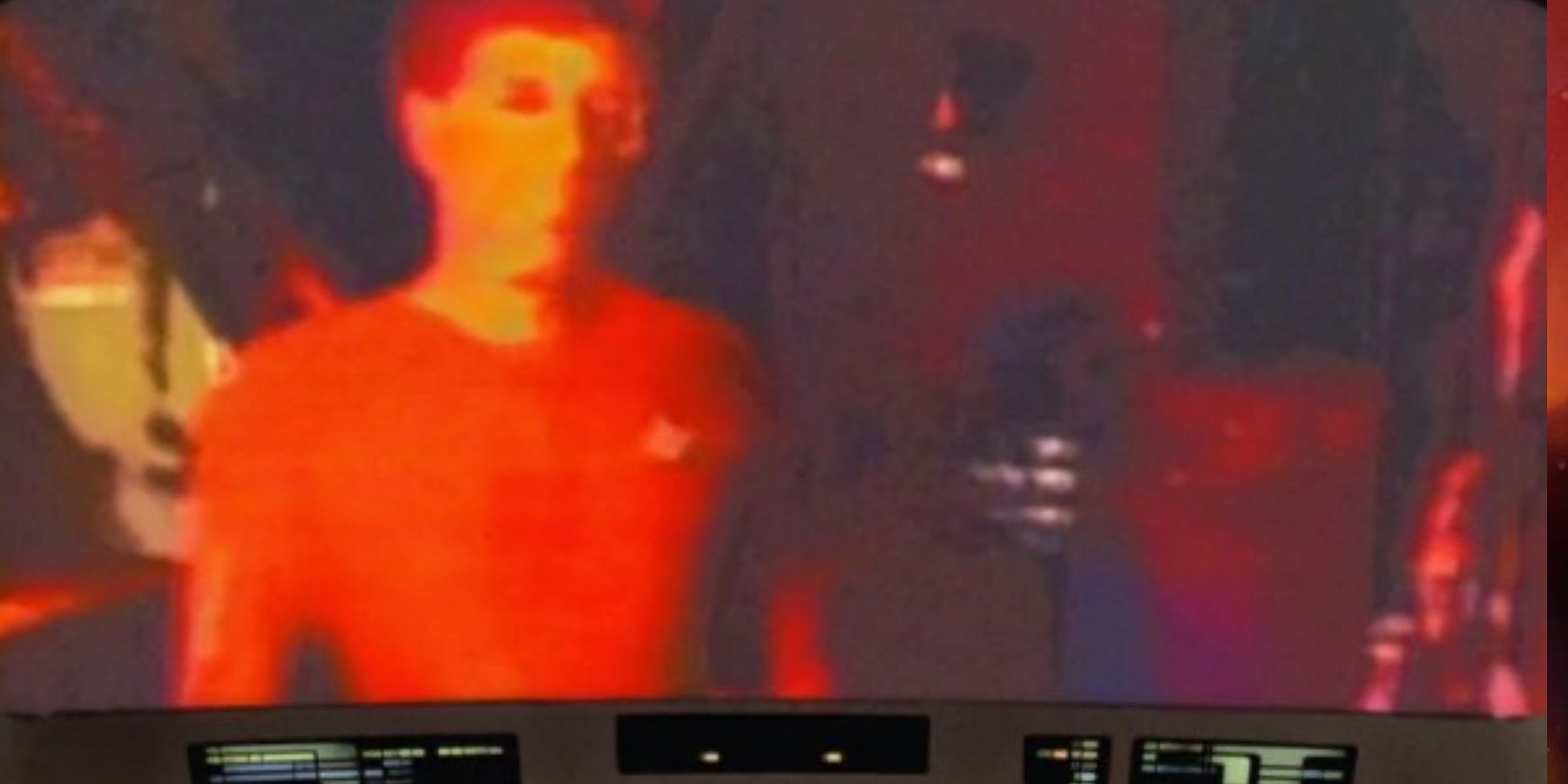There have been many changes in the world since Gene Roddenberry first created Star Trek in 1966. Everyday luxuries like mobile phones, computers, and the internet hadn't become a reality yet, and even massive space related events hadn’t taken place yet, such as the moon landing. It was an exciting time of exploration and wonder, looking up at the stars and wondering "what if." Star Trek was an amalgamation of all these thoughts, looking far into humanity's future and imagining what wonderfully utopian things humans would do. Some of this is the science fiction technology thrown at the audience left, right, and center, some of which has even influenced technology modern society has today. Electronic tablets came to be based on the imagined technology from The Next Generation, as well as visual aids reminiscent of a certain chief engineer. But what could be next for humanity? What Star Trek imagined gadget or gizmo could be developed and available to potential consumers now?
Over the last six decades, a bunch of exciting real-world scientific advancement have been made, bringing society closer to a whole host of Star Trek inspired (however loosely it might be) things. Here's an exploration of some of the top contenders, going from most unlikely to be seen anytime soon, to most.
The Warp Drive
This one is a way off yet, but there have been some exciting theories and concepts on how to achieve this over the last few years. Warp speed became a narrative necessity in Star Trek for one very simple reason: space is really big. To get from one end of the galaxy to another, the writers didn’t want it to take years (the time it would take when traveling at the speed of light), so they came up with a beautiful science fiction technology. Star Trek's warp drive allows spaceships to travel faster than the speed of light by bending space around the ship, shortening distances drastically.
In the real world, this technology is still very much within the theoretical stages, but way back in 1994 a physicist named Miguel Alcubierre came up with the very first mathematically working, theoretically feasible, concept, aptly naming it the ‘Alcubierre Warp Drive.’ The problem, however, was that it required an impossibly large out of power to work, and relied on negative energy to run, something that scientists are still unsure if it exists or not. Despite its criticism, this was the first step in a long journey to achieve warp capabilities, and has evolved multiple times over the years.
In 2011, former NASA scientist Dr Harold White (founder of Limitless Space, a company dedicated to warp drive) refined Alcubierre’s equation so that it massively reduced the amount of negative energy — still unachievable, but within closer reach. Last year, physicist Erik Lentz excitingly found a solution to the negative energy problem, suggesting and showing how one could use possible (or normal) energy instead. Warp speed still would require a massive amount of this energy, equivalent to one-tenth of the sun’s mass, to produce a warp “bubble” 200 meters around. The theory is not yet fully fleshed out, but this is a massive step to one day being able to achieve warp as it is shown in the Star Trek universe.
Life Sign Detectors
While not potentially the most flashy or interesting of all the tech shown throughout the franchise, it is one of the closest to being achievable. (Apologies to anyone hoping for transporters to be on this list; they're not going to be available anytime soon.) With life sign detectors, the crews of various Starfleet ships are able to swing by any planet it finds, scan it, and gather a large amount of data on the plant life and atmosphere, but also detect any signs of animal life. Things often get in the way, such as proton storms or various other scanner blocking shenanigans, but the technology is still highly advanced.
While such technology seems simple on paper, achieving this is only recently become possible, as recently as 2021. The University of Bern, together with the NCCR (National Centre of Competence in Research), have developed secret yet functioning equipment sensitive enough to detect living organisms from a helicopter 2 kilometers in the air, while traveling at 70km/h.
The device was built to detect a very specific chemical structure called ‘homochirality,’ which has a 19/20 chance upon successful detection to be a biological organism. It’s not yet advanced enough to be able to detect what specific organism it is (for example, a starship could not use it to detect whether a life form is human or Gorn), or provide any detailed information other than the fact that a life form exists. However, it is still a massive leap forward to having fully functional Star Trek style life sign detectors.
Hypospray
At the number one spot is one for all the trypanophobics (those with a fear of injections) lies the favorite tool of Starfleet medical officers such as Kelvin-timeline Leonard “Bones” McCoy: the Hypospray. This little gadget is a time and pain saver, able to administer medicine by injecting it via a non-invasive method. While seen as a luxurious fantasy for all those who have had a blood test recently, the Hypospray (or Jet Injector) has been around since the 1960s. It worked by shooting the medicine through the patient's skin at a whopping 1,200 psi, practically pressing the liquid into and through the skin, negating the need for the needle.
While needles are still more commonly used today, in 2009 the PharmaJet Stratis Needle-Free Injector was approved for use by the FDA in the United States, and then later in 2013 passed the WHOPQS (World Health Organization's Performance Quality Safety) certification. The injector delivers whatever medicine normally injected with a needle in 1/10th of a second. While it was heavily used during the 1980s by the US military, they stopped being used as the risk of infection was much higher than with needles. A traditional, commonly used needle comes sterilized, gets used, and then is thrown away, where the needle-less jet injectors are used again and again. All it takes is for a small amount of blood to get onto the device, and it can be spread from person to person. During the 1980s a hepatitis B outbreak occurred, which was linked back to a weight loss clinic that used contaminated injectors. With modern day advancements, however, and the fairly recent approval of a new type of jet injector, the hypospray may be commonly used much sooner than society might expect.
While all these advancements are somewhere in the horizon for mankind, it’s worth taking note of some honorable mentions. Photon weaponry is unfortunately being developed, and in more peaceful news, some massive leaps in universal translator technology is being made. It’s staggering how much of this is unashamedly influenced by the creative minds who dreamed up these imagined things for Star Trek, something Roddenberry would surely have been proud of.




